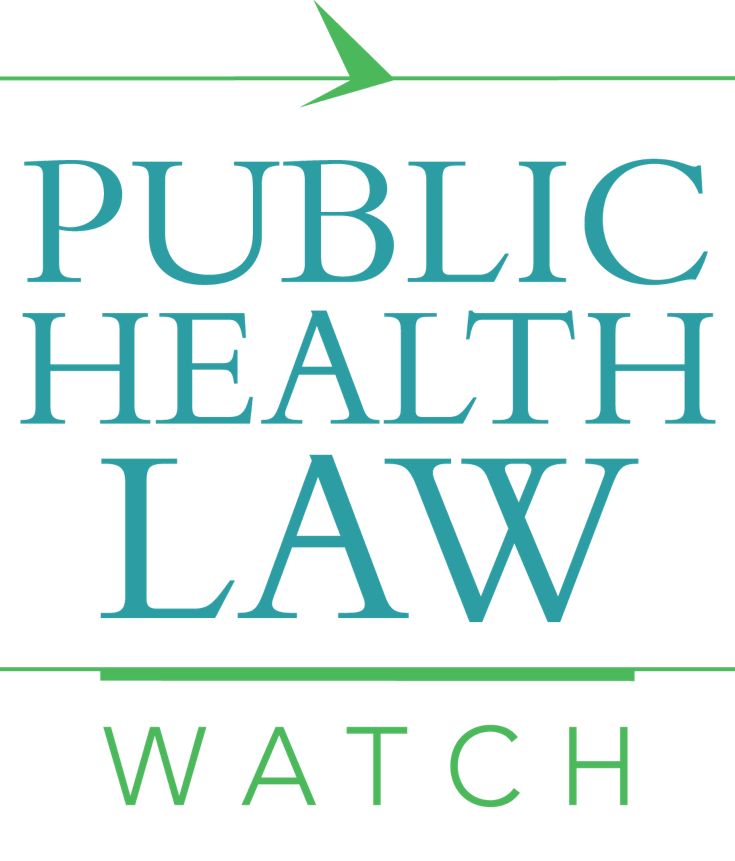Earlier this week the American Medical Association (AMA) House of Delegates held their annual meeting in Chicago, Illinois, during which delegates voted to adopt multiple policies related to firearms and gun violence. Some of these policies reinforce and enhance policy positions the AMA has supported for years, while other policies offer specific recommendations for legislation that is currently under consideration at the state and federal levels.
Specifically, as posted on the AMA website, the list of new policies adopted include:
Advocating for schools as gun-free zones
Calling for ban on sale of assault-type weapons, high-capacity magazines
Expanding domestic violence restraining orders to include dating partners
Removing firearms from high-risk individuals
Supporting increase in legal age of purchasing ammunition and firearms from 18 to 21
Opposing federal legislation permitting “concealed carry reciprocity” across state lines; and
Supporting gun buyback programs in order to reduce the number of circulating, unwanted firearms.
In support of its adoption of the gun-related policies listed above, the AMA pointed to increases in rates of suicide and firearm violence that the US is currently experiencing, part of the so-called “deaths of despair” highlighted by economists Anne Case and Angus Deaton in their 2015 and 2017 reports on the topic. Case and Deaton found that mortality rates for middle-aged non-Hispanic white men and women have been on the rise for years, and that these trends were so pronounced that they affected the overall mortality rate of the US population.
Similarly, the Centers for Disease Control and Prevention (CDC) released a report on June 7, 2018 confirming US suicide rates have increased dramatically (25%) over the past several years. The report showed that 49 states saw an increase in suicide rates (Nevada was the exception, though it still has one of the higher rates in the US) across all age and gender groups. This last point is particularly alarming, because though men have historically higher suicide rates than women, recent data indicates that women are also dying by suicide at significantly higher rates.
With nearly 45,000 Americans dying by suicide in 2016 alone, it is among the leading death of despair. While the CDC’s June 7th report does not does offer a deep dive into the causes behind the increased suicide rates, the report concludes with a strong recommendation for a coordinated public health approach to prevention activities and related research to better understand and address the factors contributing to these trends. At its annual conference, Diseases of Despair: The Role of Policy and Law, the Center for Health Policy and Law at Northeastern University School of Law also discussed the importance of rooting any meaningful, evidence-based, interdisciplinary approach within a public health framework. Conference discussions also emphasized the need to create stronger collaborations with community-based organizations that have ties in and trust with the communities they serve.
More research is needed to fully uncover and appreciate the causes behind these startling trends and to develop appropriate interventions. There is some evidence to suggest that stricter gun control laws may impact gun violence and suicide rates. Some physicians have argued that they have a role in prevention efforts. Legal and policy experts, as well as physicians, are still discussing the importance of the Wollschlaeger case and its effect on a physician’s ability to ask patients about the risks they face due to firearm safety in the home. Physicians not only have a role in prevention efforts, but they also see first-hand the horrific and tragic outcomes of firearm violence and suicide. Adoption of such a robust set of policy recommendations sends a clear and unified message that the AMA intends to continue to advocate for its patients and articulate the ways in which its physician members and the health care system can play a role in prevention efforts. It will be interesting to see if, and how, the AMA partners with public health and other experts to achieve its goal.
